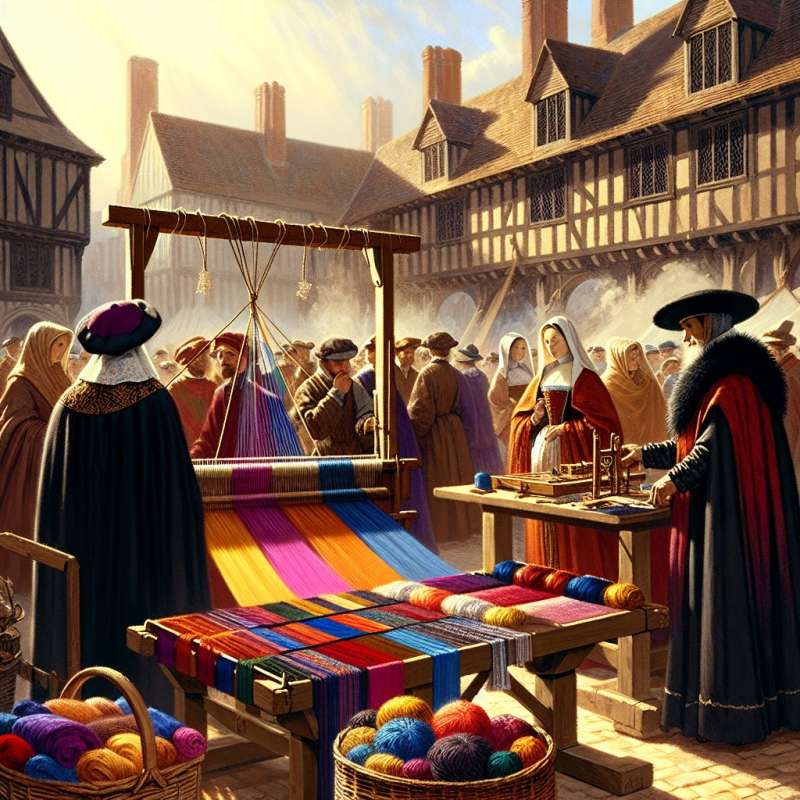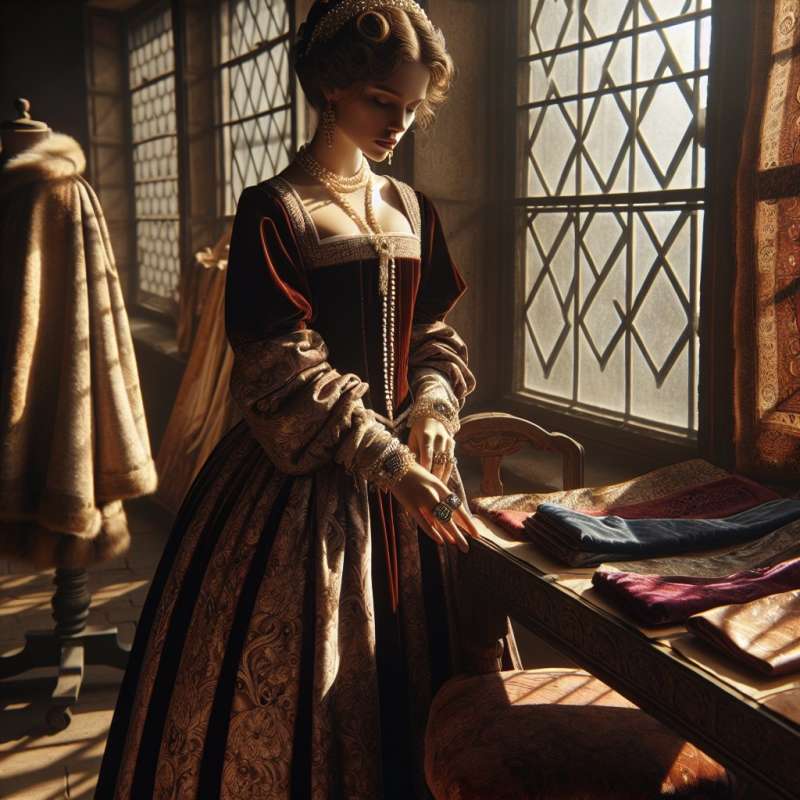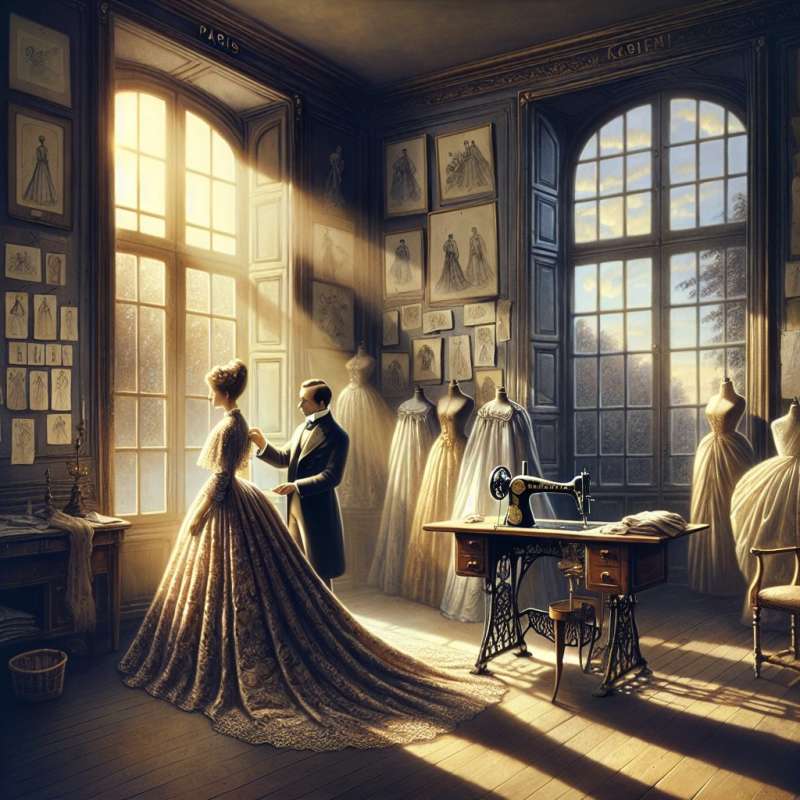
Ancient Beginnings
Fashion's roots can be traced to ancient civilizations. Egyptians used linen for breathability in the desert heat, while silks in China symbolized social status, showcasing early examples of fashion's blend with function and symbolism.
Medieval Fabric Innovation
The medieval period saw advancements in dyeing and weaving. Sumptuary laws emerged, regulating clothing colors and styles to differentiate social classes, inadvertently fueling a fashion consciousness that transcended practicality.
Renaissance Fashion Flourishes
Renaissance fashion reflected artistic advancements. The rich flaunted velvet, silks, and furs. The era's global explorations introduced new textiles and ornaments, expanding fashion's vocabulary and signaling the start of global trade's influence on clothing.
Industrial Revolution Impact
The Industrial Revolution revolutionized fashion with mass production. Ready-to-wear clothing became accessible, diminishing the exclusivity of fashion. This period also introduced synthetic dyes, changing the color palette of the world's garments.
Haute Couture Emergence
The 19th century birthed haute couture in Paris, defining luxury fashion. Charles Frederick Worth, the first couturier, transformed dressmaking into an art form, creating custom-fitted clothing that emphasized design and client preference over practicality.
Twentieth-Century Fashion
The 20th century witnessed fashion becoming a powerful social signal. Coco Chanel introduced the 'Little Black Dress,' democratizing elegance. Meanwhile, World Wars influenced practical, utilitarian styles. Post-war, youth cultures propelled fashion trends, embracing individuality and rebellion.
Fashion's Digital Revolution
The advent of the internet and social media has democratized fashion further, allowing for instant global trend dissemination. Sustainability concerns are now reshaping the industry, with upcycling and eco-friendly designs gaining traction, signaling a shift towards conscious consumption.
What symbolized status in ancient China?
Velvet and furs richness
Linen's breathability in heat
Silk's representation of status
Company